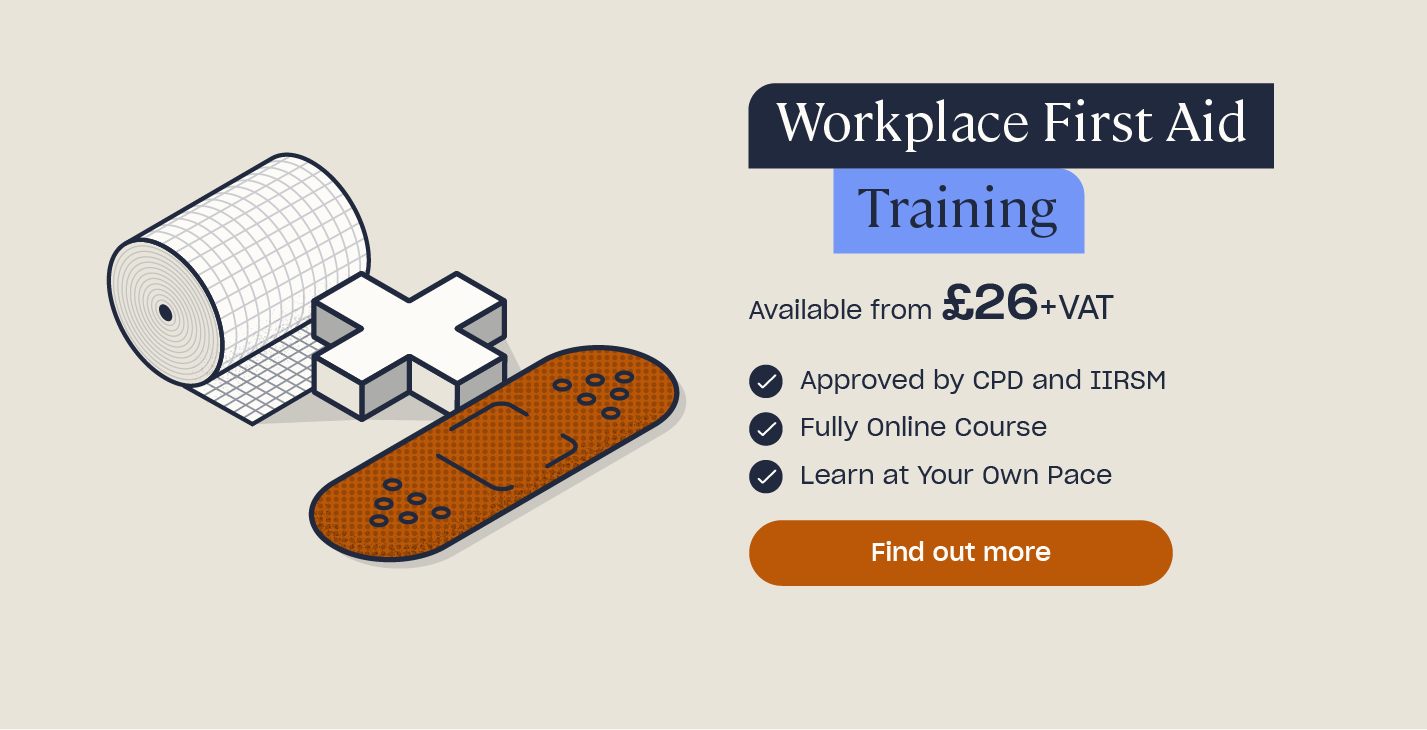Guidance on Chemical Burns
We all know that chemicals can be dangerous but this doesn’t just mean the large quantities found in an industrial setting. Did you know that the chemicals you use at home, like cleaning products and batteries, can be just as hazardous to health as the chemical materials found in some workplaces? In this article, we’ll look specifically at the dangers of chemical burns, explaining what a chemical burn is, the potential causes of them and how to treat chemical burns safely.
What is a Chemical Burn?
A chemical burn is a burn to the skin, eyes or internal organs caused by an acid, alkaline or caustic chemical. Chemical burns are sometimes also referred to as caustic burns. When an irritant comes into contact with your skin, eyes or organs, the reaction can be very damaging and may even be fatal.
Chemical burns are caused by a chemical reaction with your skin, rather than by heat like other types of burns caused by hot flames or sparks. It may be that you touch the chemical with bare hands, the chemical spills onto and through your clothing, the chemical gets splashed into your eyes or the chemical is swallowed and ingested. All of these incidents have the potential to cause a chemical burn.

Causes of Chemical Burns
Most chemical burns are caused by accidents due to the mishandling or improper use of chemical substances, whether in the workplace or at home. They can also be caused by both small and large volumes of chemicals – sometimes just a splash of a chemical onto your skin is enough to cause a burn. This is why it’s so important that you handle all types of chemicals with care.
Examples of everyday substances that are common causes of chemical burns include:
- Battery acid, including household batteries and car batteries.
- Bleach and cleaning products containing bleach.
- Paint thinner.
- Drain cleaning and drain unblocking products.
- Ammonia and products containing ammonia, like oven cleaner and many other household cleaning products.
- Pool chlorination products.
- Disinfectants.
- Polishes, including furniture polish and car polish.
Some groups of people are more at risk from chemical burns, too. More obviously, people who work with chemicals as part of their job role are more at risk from chemical burns. However, it’s children, people in later life and those with certain disabilities who are perhaps most at risk from chemical burns, as they may have more difficulty recognising the dangers of not handling chemical products safely, making spills or accidental ingestion more likely.
Want to Learn More?
Do you handle chemicals as part of your work? You can learn more about chemical safety with our COSHH training course and understand the basics of first aid and how to handle emergency situations with our Workplace First Aid course.
Signs and Symptoms of Chemical Burns
Depending on how the chemical burn was obtained, different signs and symptoms may be seen. For example, you will see fewer visible signs if someone has swallowed a chemical compared to if they’ve got it on their hands.
Immediately after contact with a chemical, the first sign of a chemical burn is usually an intense stinging pain around the affected area.
As time progresses, the casualty is then likely to experience symptoms such as:
- Blistering of the skin.
- Peeling skin.
- Discolouration of the skin – often red or black.
- Irritation of the skin.
- Swelling or numbness.
If a person has swallowed or ingested chemicals, they may experience symptoms such as:
- Low blood pressure and dizziness.
- An irregular heartbeat.
- Coughing.
- Headache.
- Vomiting.

How to Treat Chemical Burns
If you suspect that someone has received a chemical burn, you should:
- Immediately call the emergency services for further help, as the chemical burn may be more serious than it appears. Rng for advice on the NHS 111 helpline if you’re unsure of what to do.
- Carry out the first stage of the primary survey and check the area nearby to see what evidence you can see and to ensure it’s safe for you to approach. Can you see any chemical containers that may give you a clue as to which chemical has harmed them? Are there pools of chemicals on the floor or soaked into their clothing that suggests a hazardous spill? This kind of information is useful for your own safety and also to pass onto the emergency services when they arrive.
- Wear protective gloves when approaching the casualty to avoid coming into contact with the chemical yourself. You could also open a door or window to ventilate the space.
- Carefully remove any contaminated clothing from the casualty, being careful not to touch or spread the chemical further. Do not remove any clothing that has stuck to the burn.
- Rinse the affected area with clean, lukewarm water for at least 20 minutes to cool the burn and remove as much of the chemical as possible. Pour the water so it flows away from the body and away from yourself, so it doesn’t cause further damage. Do not wipe the skin as this can spread the chemical to further areas.
- Keep the casualty calm and reassured until the emergency services arrive. Medical professionals can then clean the burn properly and apply an appropriate dressing, or take the person to hospital for further treatment if required.
Depending on the severity of the burn, it can take a long time for the body to heal following a chemical burn. A minor burn on the surface of the skin will heal fairly quickly but may leave a scar if it’s affected the deeper skin tissue. For more severe burns, the casualty may need to stay in hospital for some time and it can take years for the affected area to fully heal.
Further Resources:
- Workplace First Aid Training
- What are the Responsibilities of a First Aider?
- What Should Be In A First Aid Kit?











